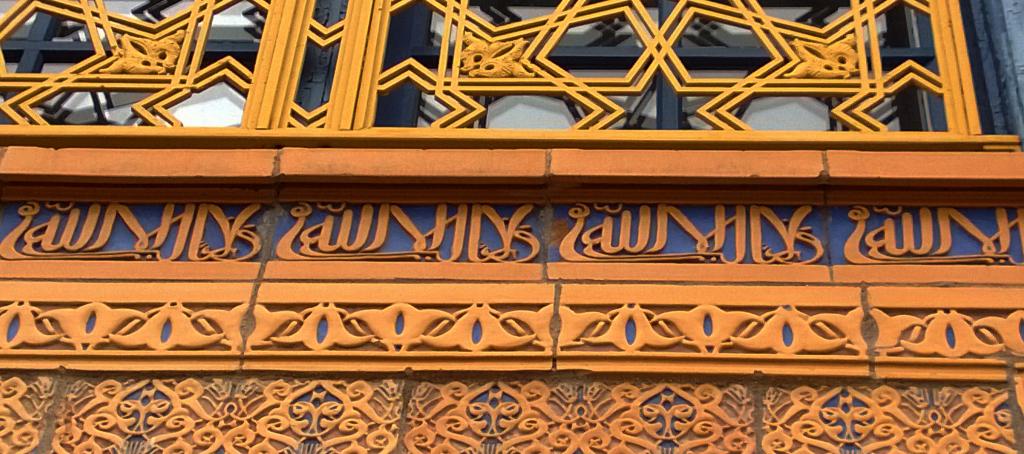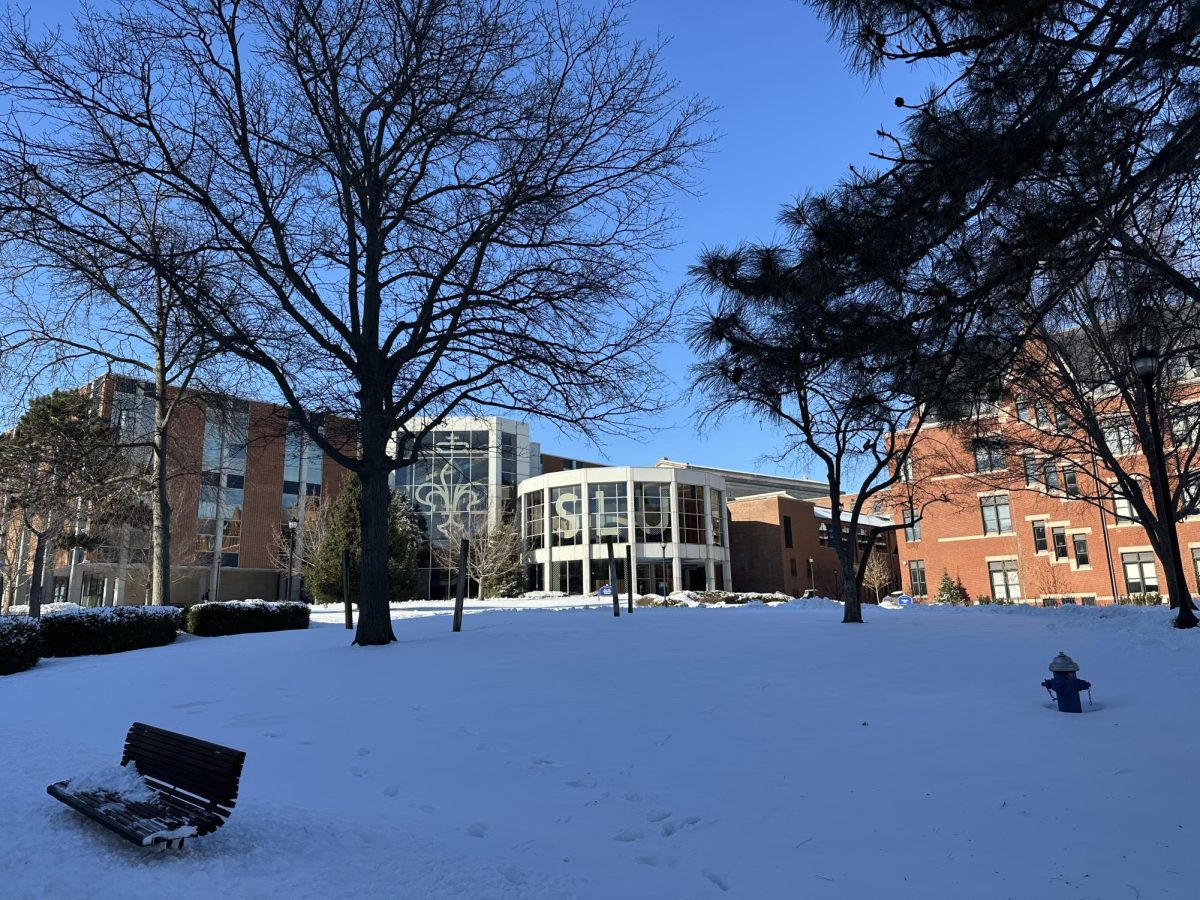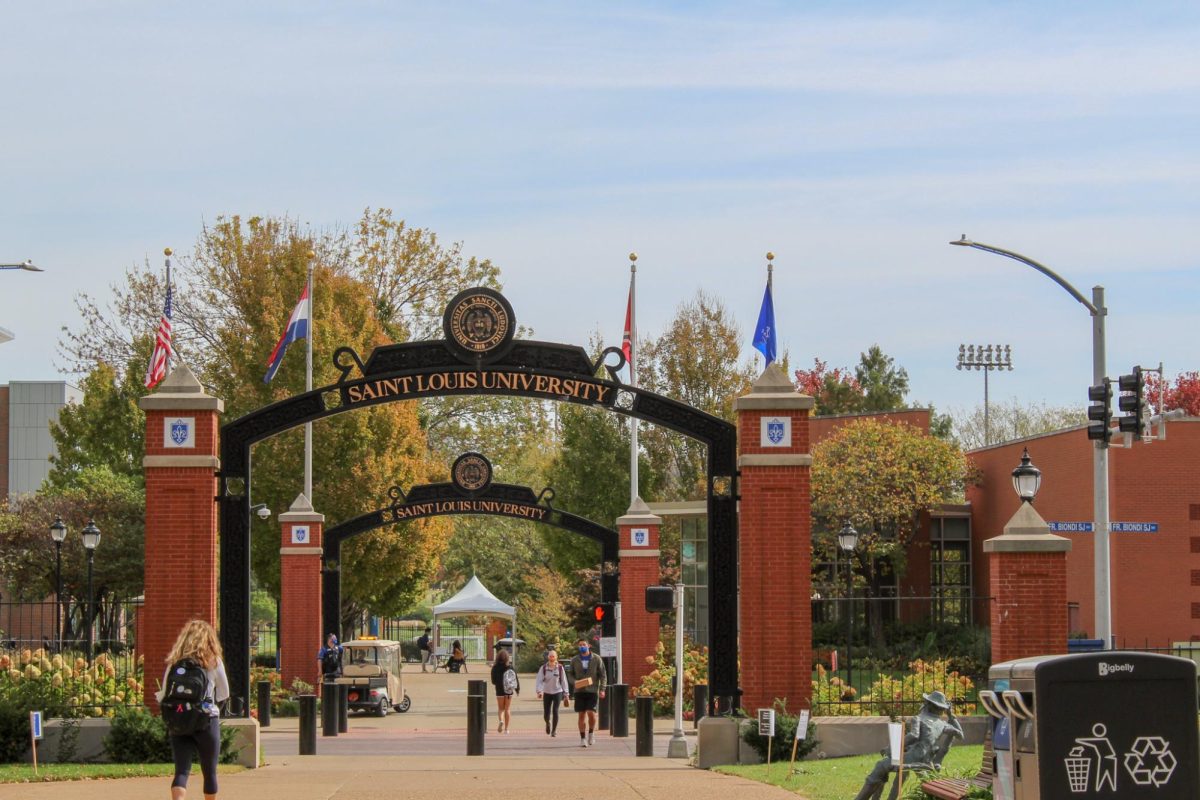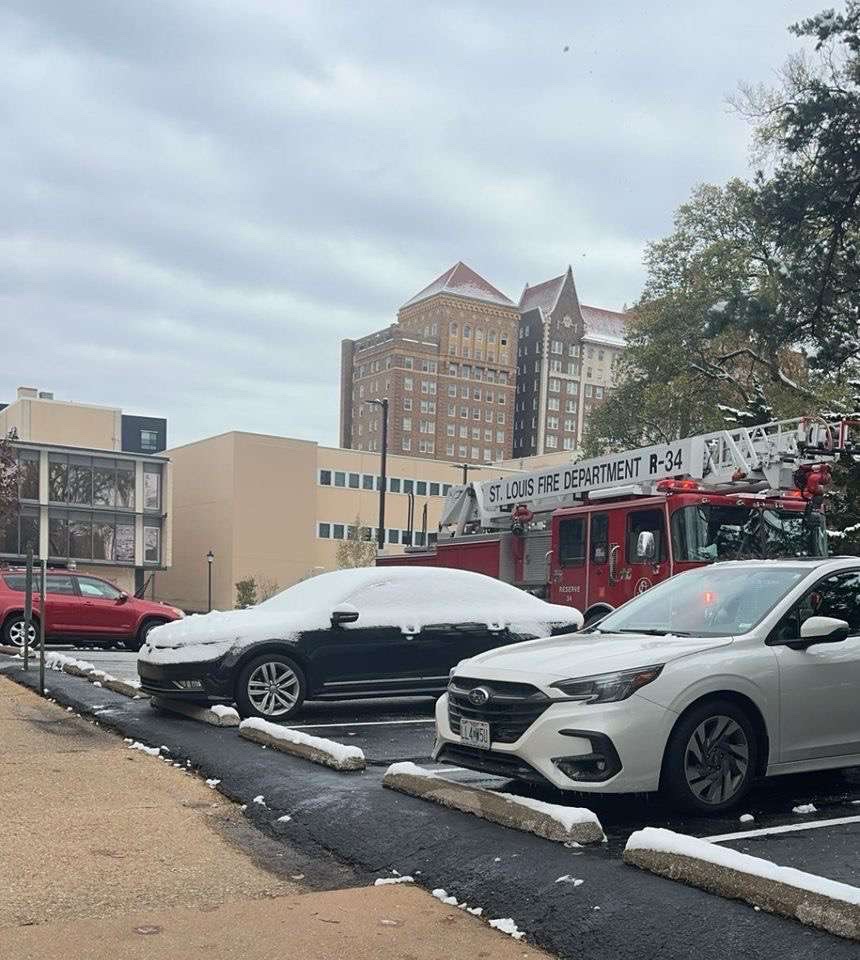
Situated at 3821 Lindell, the Moolah Temple, with its unique architecture, is a well-known structure in the SLU community. Its bowling alley and theater are great attractions for many St. Louis residents and it’s a popular apartment complex for SLU students. However the history displayed on the face of the building is often overlooked.
Michael Megarbane, a junior in the College of Arts and Sciences first noticed something special in the countless Arabic inscriptions on the temple’s exterior.
“I pointed it out to my cousin that the engravings in fact say Allah in Arabic,” said Megarbane. Allah is the Arabic word for God, and is used by Christians, Jews and Muslims all over the world. Further examination revealed other inscriptions such as, “There is no conqueror except God,” a repeatedly common inscription in early Moorish designs in ninth and 10th century Spain.
Construction of the Moolah began in 1913, and last October marked the 100th anniversary of the building’s cornerstone being laid.
The name “Moolah” comes from the title of the Shriner community that built it. The Temple was constructed as their first home.
The building’s architecture follows the revival form of Moorish architecture, a signature of early Shrine Temple. The Shriners vacated the building in the 1980s in order for the group to move closer to their members in West County. The building stayed unused until it was officially reopened in January 2005 and took on its current form as a bowling alley and theater.
Despite the religious overtones in the name and architecture of the Moolah Temple, Shriners are not a religious group but an extension of the Freemasons founded in 1870 on the principles of “fun and fellowship with a purpose.” Freemasonry is the oldest, most widely-known fraternity in the world, dating back hundred of years to when craftsmen gathered in shelter houses to learn crafts.
The Moolah Shriners still maintain a strong presence in St. Louis. Patrick Hensley, a graduate of Saint Louis University in 1995 and a current shriner, found out about the organization through his uncle, who was also a shriner.
“He’s my best friend, so after finishing graduate school, he told me about it,” said Hensley.
Hensley joined in 2001, and was later elected to the equivalent of the board of directors, where he served till he was appointed a “Potentate” for the year 2013. He was the youngest elected Potentate in Moolah Shriners history.
Shriners pride themselves on community service, and one of the most notable philanthropic efforts by the Shriners is the Shriners’ non-profit hospitals network, which Hensley said he cherished most about the organization. The St. Louis location was built in 1924 and moved to its current location on Lindbergh Blvd in Frontenac in 1967.
“We’re also currently building a hospital in Tijuana, Mexico,” said Hensley.
According to Hensley, part of the reason the Shriners decided to build in Tijuana was due to tight border security, which delayed many patients, in addition to issues of aid not reaching the proper recipients.
Once the hospital in Tijuana is completed, a total of 23 will encompass the Shriner’s hospital network in North America.








